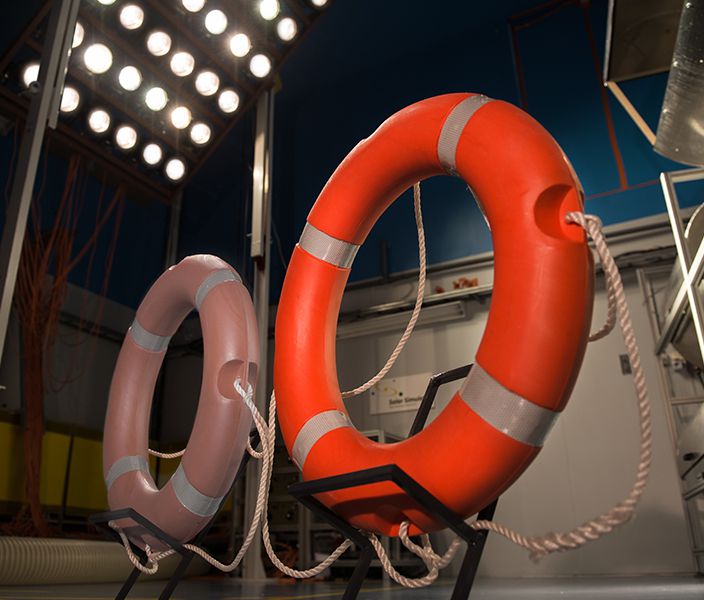Colour Stability
Colour is often a part of the product’s or sometimes even the whole company’s identity. Colour, visual identity and appearance are assosiated with quality and durability. For example, faded orange colour of a life jacket does not increase trust to its functionality even though the jacket will still keep its wearer afloat in a emergency. The technical life-time of the product often is longer than suggested by its external appearance.
Colour stability is examined by accelerated testing in which principally UV radiation is used for exposure and measurements for colour and gloss are done at regular intervals . Alongside with these accurate measurement results, also visual assessment is used: for example, the Grey Scale with which visual observations can be presented also numerically. As alternatives to UV radiation, also solar radiation (uv+visible light+thermal radiation) and internal lightings of various kinds are used. The operation conditions of end product and the application target determine the most suitable testing method.
Colour change in materials can be controlled, among other things, by UV stabilization agents, correct dyes and pigments, protective coatings and optimazion of the production methods.
As a testing outcome, information about the product’s change of colour during testing and how the eye perceives that possible change is obtained. By utilizing reference materials, it is possible to provide an estimate about the time it takes to undergo a colour change in natural conditions.


